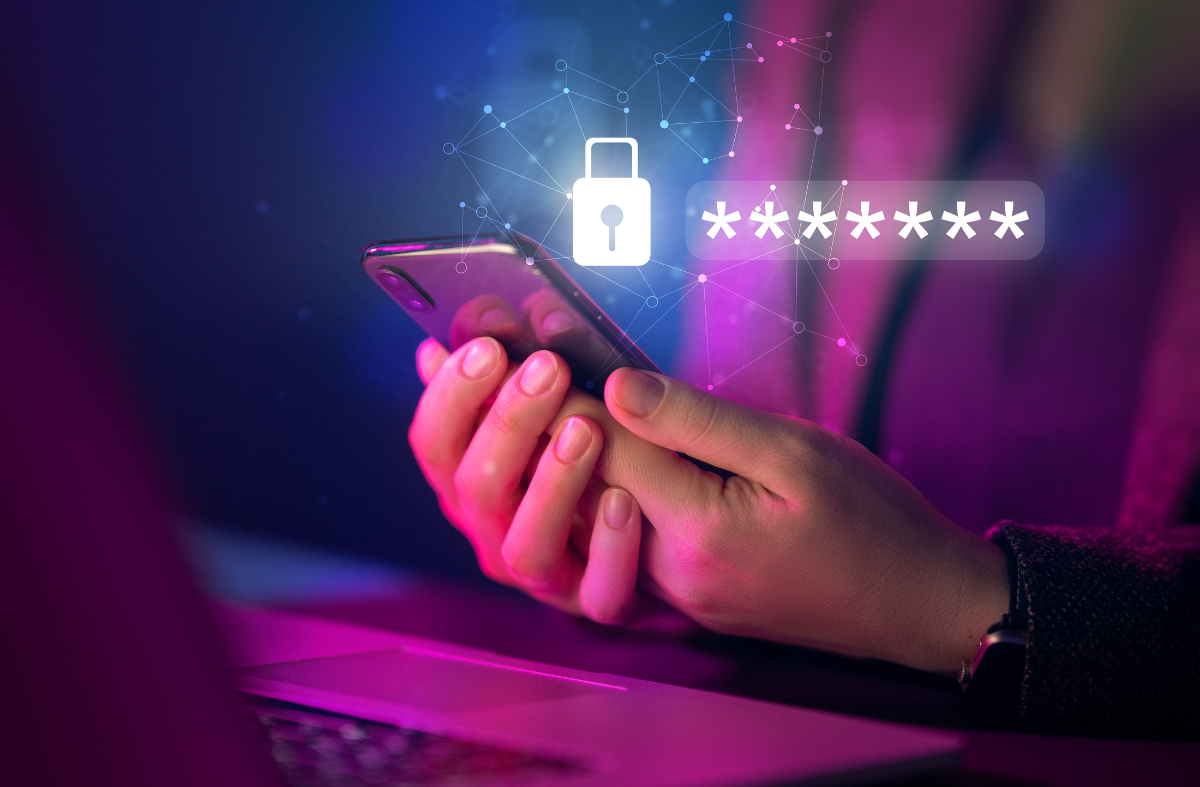Gamification: A Strategic Attempt of Security Awareness
In 2017, human error accounted for 28 percent of all data breaches worldwide, The findings reveal that human error is one of the top three root causes of data breaches, preceded only by malicious or criminal attacks. While the majority of employees don’t set out to cause harm, many of them inadvertently do — through bad password habits, unrestrained web browsing or engagement with a malicious email. As a result, employees (and hence their employer) can quickly become victims of social engineering or phishing attacks, or worse.
Due to the prevalence of online services in modern society, such as internet banking and social media, it is important for users to have an understanding of basic security measures in order to keep themselves safe online. However, users often do not know how to make their online interactions secure, which demonstrates an educational need in this area. Gamification has grown in popularity in recent years and has been used to teach people about a range of subjects. This paper presents an exploratory study investigating the use of gamification techniques to educate average users about password security, with the aim of raising overall security awareness.
As cyber crime continues to intensify, certain organizations and governmental agencies are seeking out ways to better engage their employees in truly effective cyber security training and recruit qualified cyber security candidates despite the many challenges. One strategy being relied on more and more is gamification.
Why Gamify Security Awareness Training?
Gamification is a popular concept these days, and for good reason. With gamification, you can develop a game for learning more about a serious topic while also getting the learner to approach winning that game with the same fervor they would when playing for entertainment. So what happens when you integrate gamified learning into security awareness training Ultimately, you get a way to reduce the complexities of information security and effectively help cyber security professionals promote learning and new skills by coupling game mechanics with a user’s natural human need for competition, achievement or status.
Trying to explain why we should be using gamification in our cybersecurity programs may seem like trying to convince someone who doesn’t believe in Santa Claus. But if you think about it, there really isn’t much difference between teaching kids about computer science and teaching adults about cybersecurity. Both require knowledge, skill sets, and behaviors that must be learned and practiced over time. And both involve some degree of risk.
Gamification is also being used to recruit cyber talent in an extremely competitive market. Cyber Security Challenge, a UK-based organization, holds yearly competitions in order to find, test and recruit cyber security candidates.
In fact, one could argue that cybersecurity education is even more critical than computer science because it involves protecting against threats from outside your network. The bottom line: If you’re going to learn anything at all, then you might as well learn something useful!
For an expert opinion and training in your organizations; to be aware of phishing simulation and scams you can approach us. You can protect your organizations from all cyber threats by getting advanced and professional services with us. At AmbiSure, we always are keen on the betterment of our clients and securing their organizations against all the threats and scams in the cyber realm. Contact us Now!
Archives
- March 2025 (6)
- February 2025 (5)
- November 2024 (5)
- June 2024 (7)
- April 2024 (1)
- September 2022 (3)




















